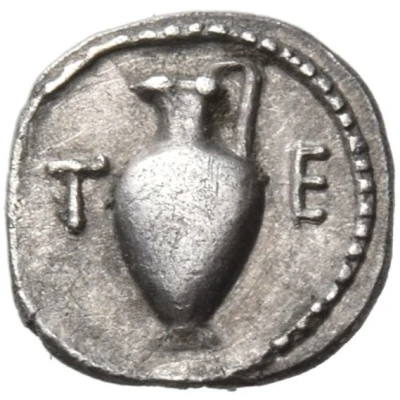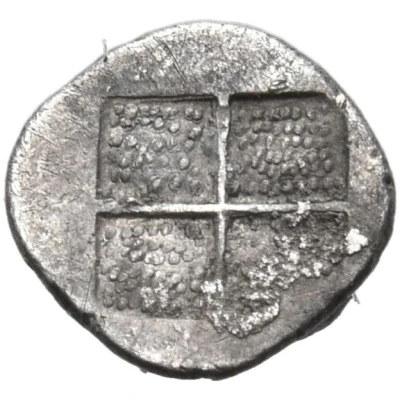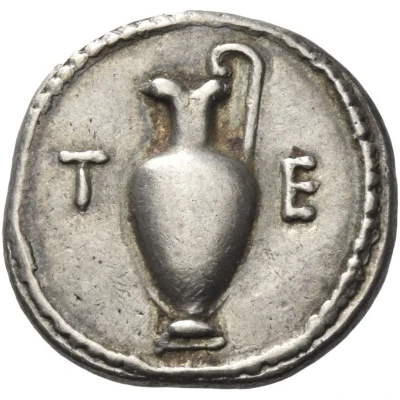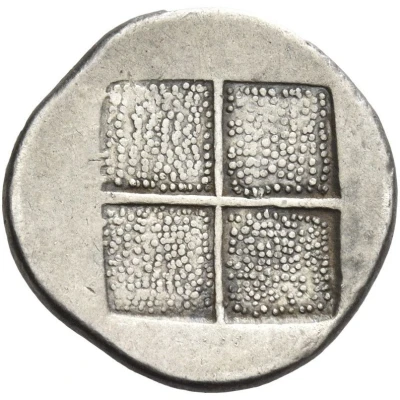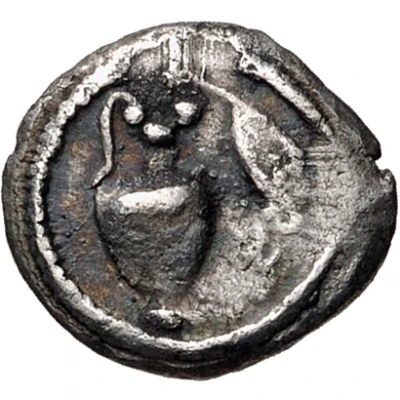
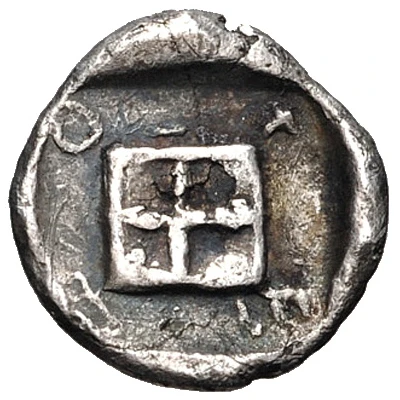

© Classical Numismatic Group, Inc.
Hemiobol 425 BC - 400 BC
| Silver | 0.24 g | 8.0 mm |
| Issuer | Terone (Macedon) |
|---|---|
| Type | Standard circulation coin |
| Years | 425 BC - 400 BC |
| Value | Hemiobol (1⁄12) |
| Currency | Drachm |
| Composition | Silver |
| Weight | 0.24 g |
| Diameter | 8.0 mm |
| Shape | Round (irregular) |
| Technique | Hammered, Incuse |
| Demonetized | Yes |
| Updated | 2024-10-10 |
| Numista | N#142988 |
|---|---|
| Rarity index | 100% |
Reverse
Quadripartite square within incuse square. Single letters on each corner of the inner square.
Script: Greek
Comment
Hardwick Group V, 16.
Light Thraco-Macedonian standard.
Interesting fact
The Hemiobol coin was used as a form of currency in ancient Macedon during the 5th century BC. It was made of silver and weighed approximately 0.24 grams. Despite its small size, the Hemiobol was an important coin in ancient Macedon, as it was used to buy everyday items such as bread, wine, and other basic necessities. The coin's design featured an image of a youthful Dionysus, the Greek god of wine, fertility, and theater, which highlights the importance of wine and agriculture in ancient Macedonian culture.
